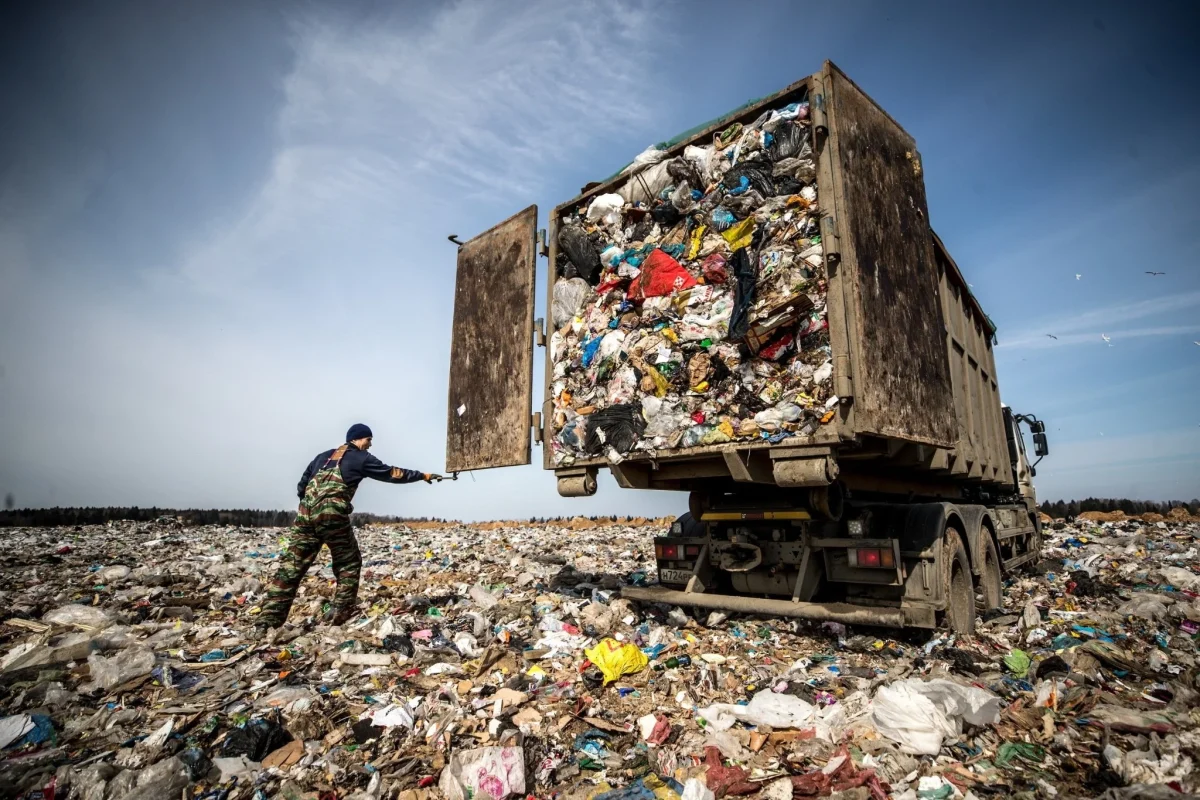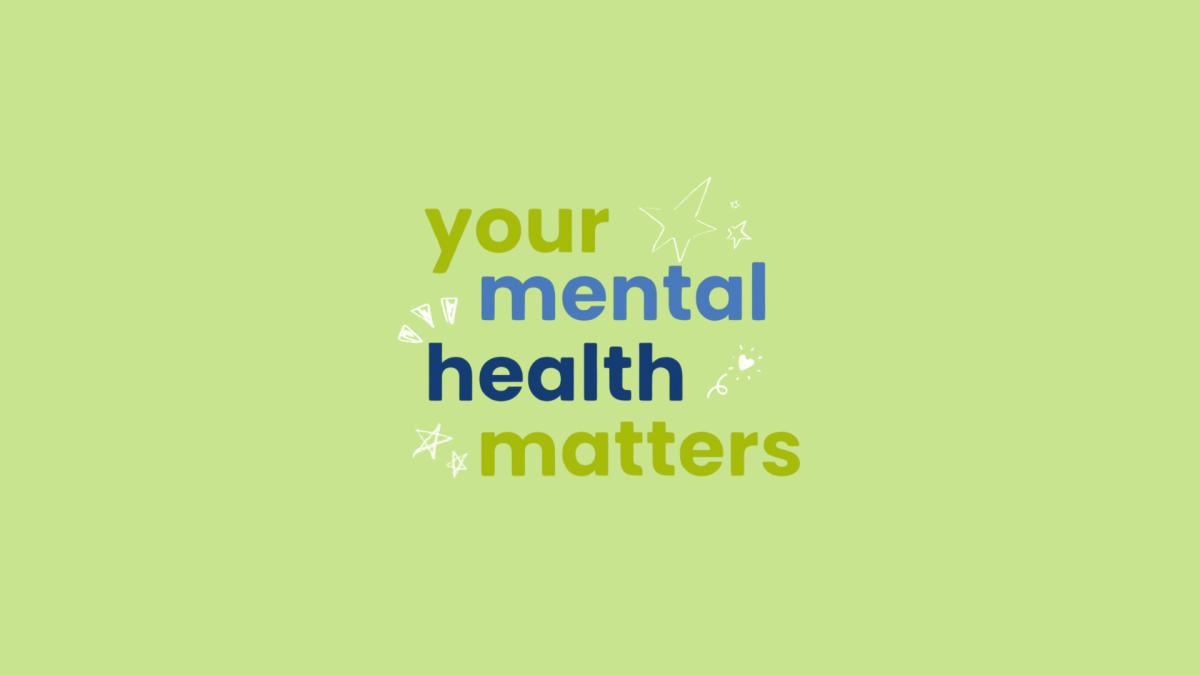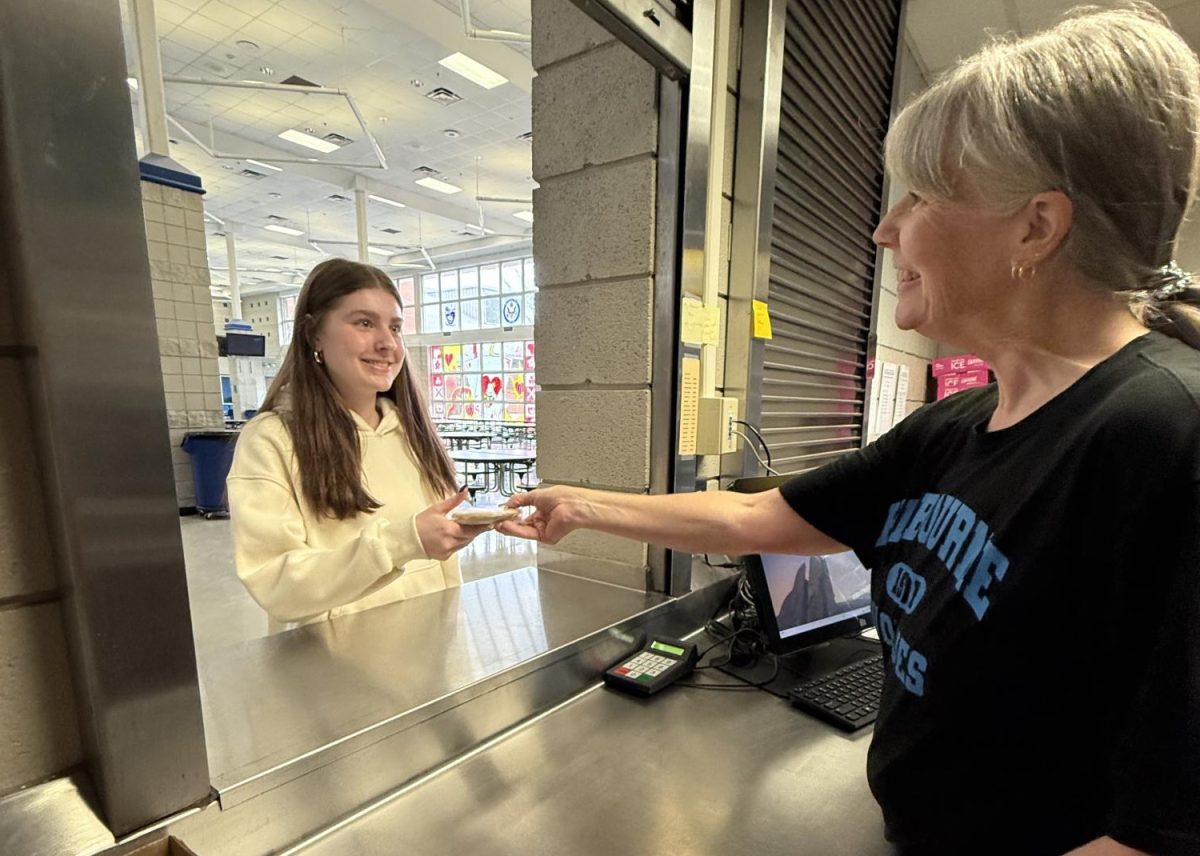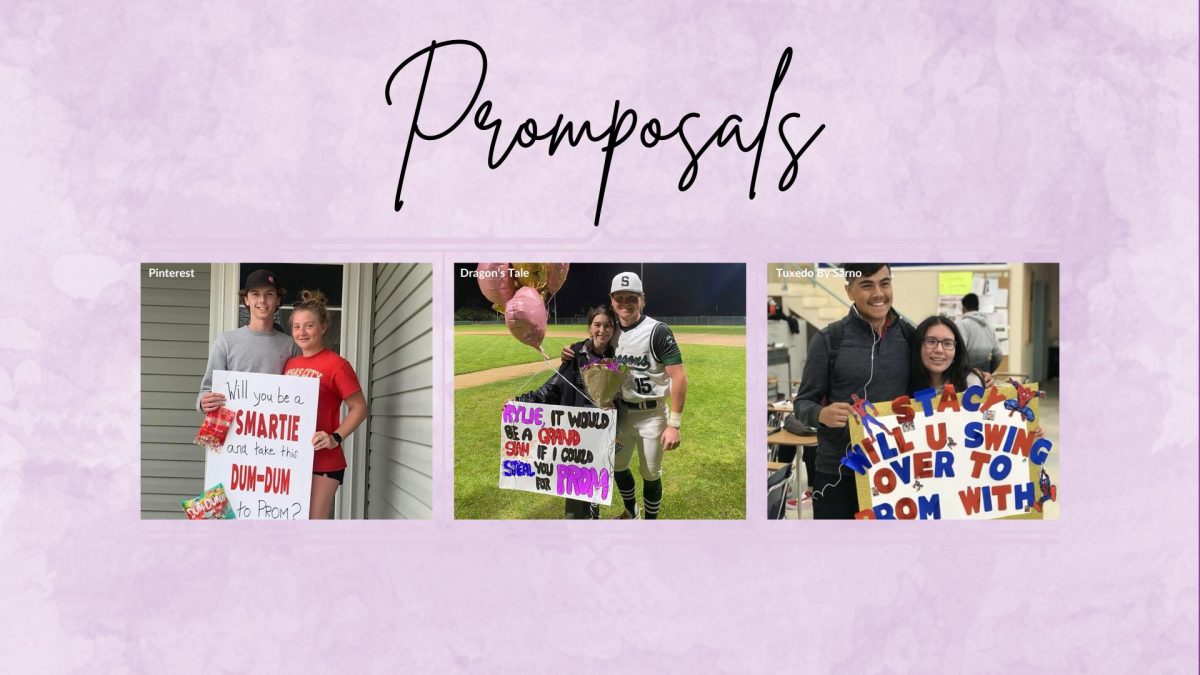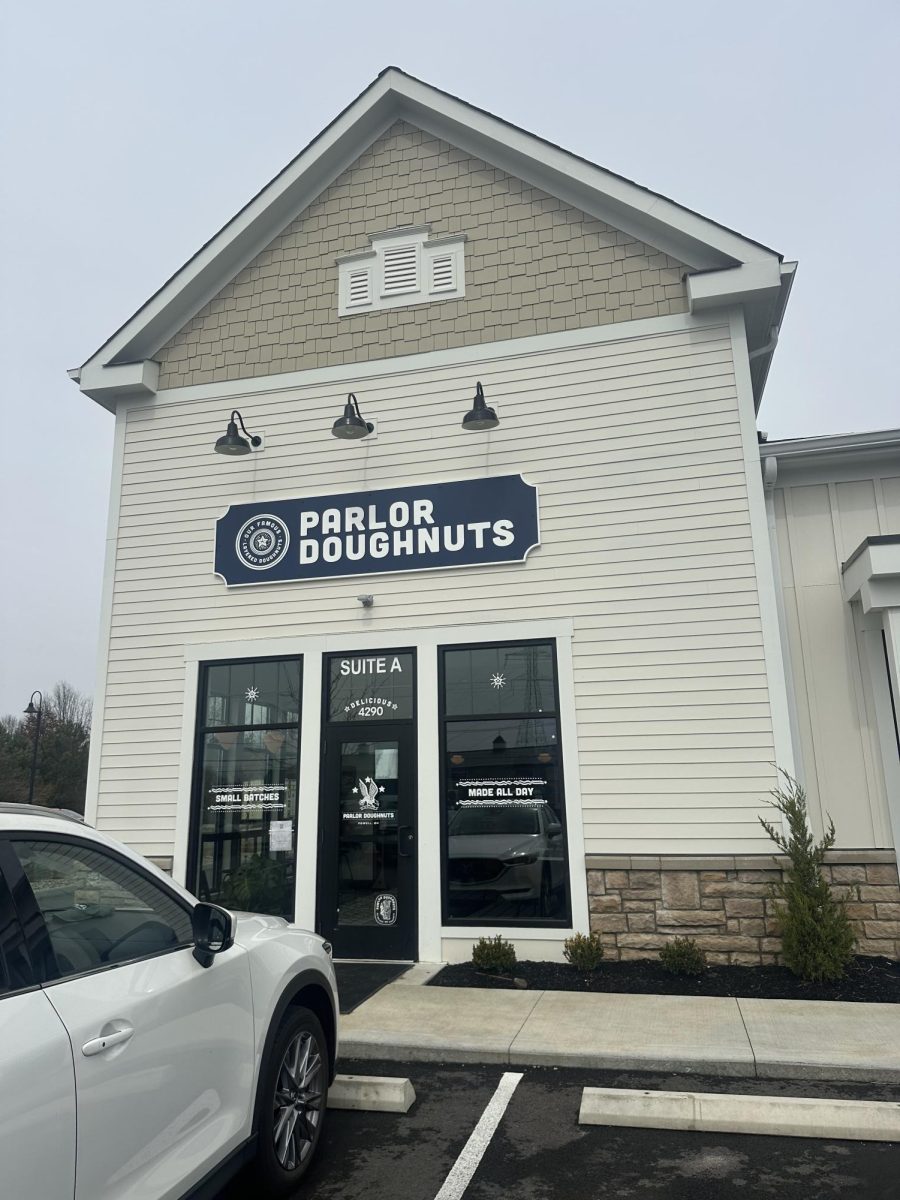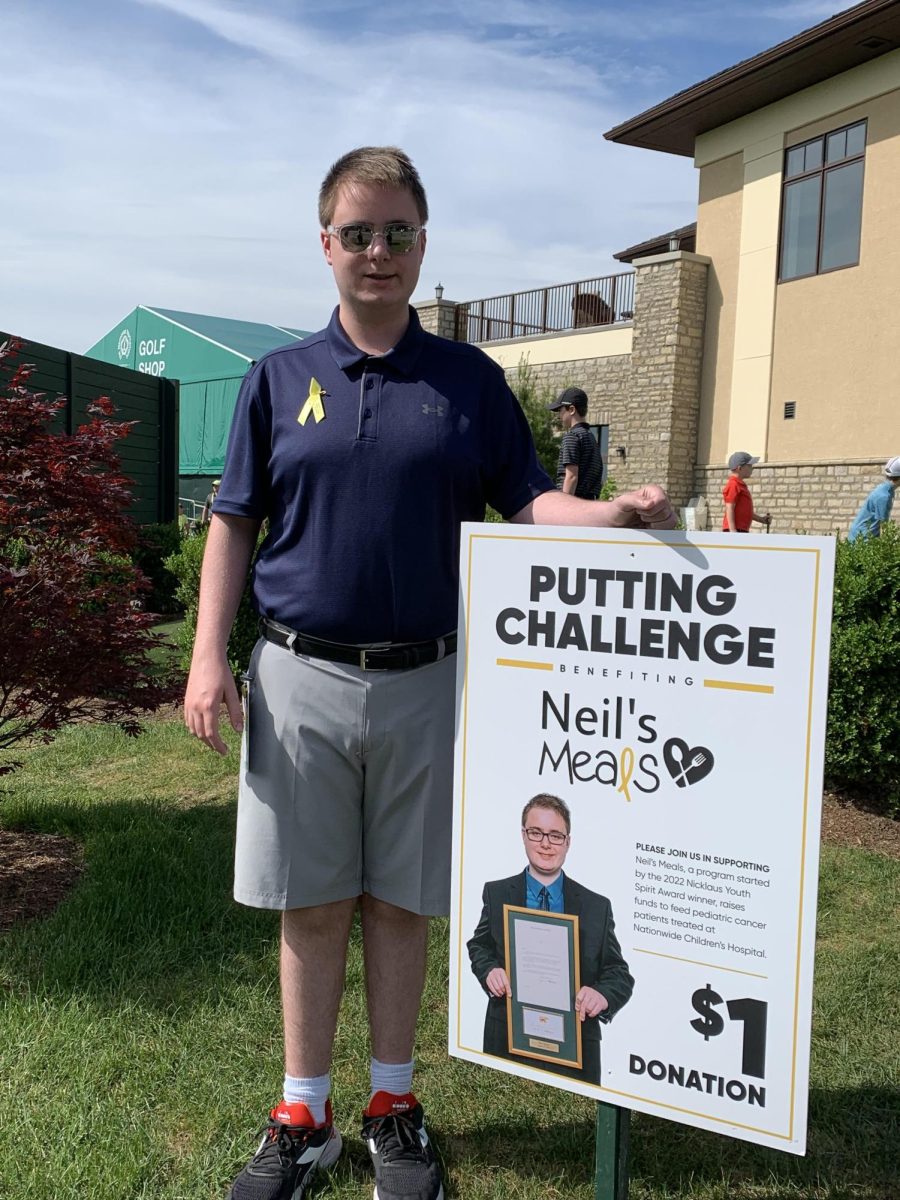Overconsumption can be described as consumers using up a resource to a point of that resource no longer being replenishable, or to a point where the resource is no longer sustainable. In today’s culture, overconsumption has become a trend, and this is causing an incredible amount of issues in the economy and the environment of today. This crisis of consuming more than we need has taken over teenagers and adults around the globe. Overconsumption can occur in every product and in every person, but is extremely prevalent in teenagers that engage in fast food and fast fashion.
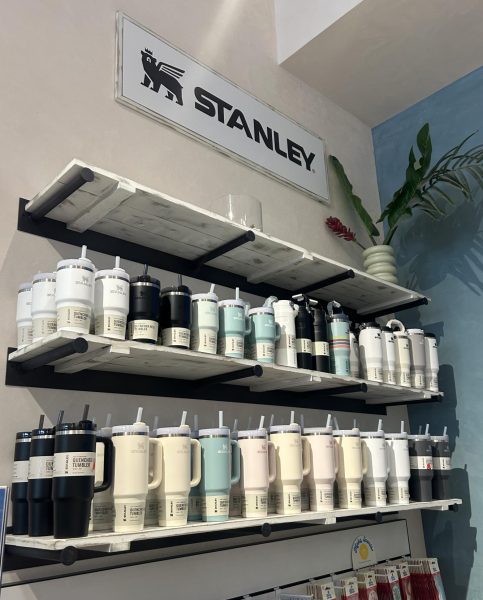
When scrolling through social media, teens are bombarded with ads and influencers that are persuading them to buy the next trending product. For example, these past few years, there have been repeated trends in the best water bottle in brands like Owala and Stanley. As a result of this, many teen girls now own multiple Stanley and Owala water bottles when in reality, more than one water bottle is not needed.
Kelley Chase teaches multiple science courses at Kilbourne, including environmental science. In her words, “I believe that social media and influencers play a big role in creating this culture. People look at social media and feel like they need to keep with what they see there. I also believe there is a feeling of ‘FOMO’ if consumers don’t have what they see online.” She continues discussing microtrends: “I think [microtrends] mimic the news cycle – something might be all over the news for a day, then forgotten when something new comes up. Our short attention spans definitely contribute to this. We need to have ‘it’ now, but then when something new comes along, we need to have ‘that.’” This system of microtrends is clearly demonstrated today. Unfortunately, the pattern is buying something cheap, using it until it is no longer trendy, disposing of it, and buying the next trending item.
Fast Fashion:
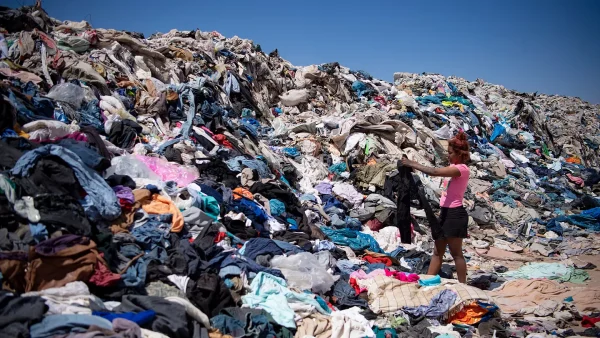
The goal of most teenagers today is to keep up with trends without breaking the bank, which is why fast fashion has become normalized in today’s culture. Especially due to online applications such as TikTok and Instagram, trends are rapidly changing and teenagers want to keep up with trends. When a 16 year old sees an influencer painting a perfect life online with their new makeup products and jewelry, they are bound to want those products too. With trends changing as fast as they are, it has unintentionally become a tendency to move onto the next trending item and disregard the last one. Because of this, it has become common to buy cheap clothing that is typically created in unethical ways and then dispose of it when the next best thing comes out. This has become normalized, so it may not seem like a large issue, but it is important to recognize the long term impacts behind the inclination towards fast fashion today. Teens today typically think of Shein when they think of fast fashion. Shein has already been exposed for their unethical practices, but people continue to support their company. Many other companies use practices similar to Shein’s, but not many people understand the consequences of their clothing choices.
Chelsey Hundertpfund also teaches science courses at Kilbourne, including AP Environmental Science. In her words, “It is difficult for consumers to comprehend the environmental impacts of the fast fashion industry. Not many people think about the sources of raw materials and the fossil fuel combustion that go into making a pair of jeans. But there are still the cotton fields, the chemicals used to dye the fabric, and the massive transportation costs just to fabricate and deliver that one pair of jeans to the consumer.” The consideration factor of many consumers is not present.
Food Waste:
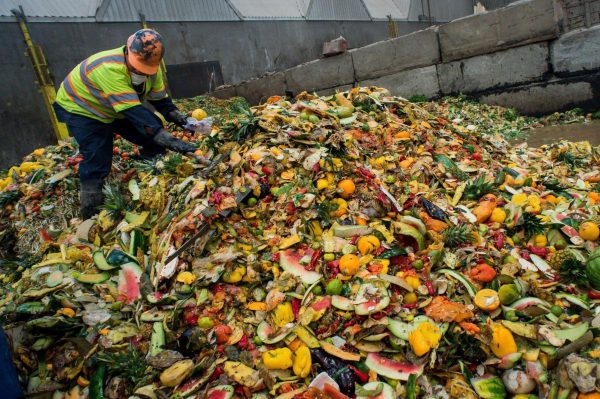
According to USDA’s Economic Research Service, food waste is estimated at between 30-40 percent of the food supply in the United States. In 2010, this corresponded to about 133 billion pounds and $161 billion worth of food. These numbers are nearly incomprehensible to consumers, but these numbers root from daily choices that add up at the end of each year. One practical issue that many consumers partake in is buying in bulk. Buying in bulk seems beneficial and price efficient, but there are hidden harms. For example, Chase shares that “stores like Costco and Sam’s Club that sell enormous sizes also play a role. We shop at Costco and often find ourselves throwing food away that we never end up using because we think we are getting a better deal by buying the bigger size, although we never end up using it.” It is natural for consumers to desire a better deal, but they are often deceived on what a better deal actually is.
Another issue relating to groceries is sell-by or expiration dates. According to the USDA, sell-by dates are not safety dates. Oftentimes, grocery stores are focused on ensuring that the most fresh products are used. This is not a bad goal, but consumers must realize that products are still able to be used by the sell-by date.
On the producing side of the system, there are certainly measures that can be taken in order to create a better system. One of the biggest flaws in agriculture today is overproduction. Chase offers, “The need to always have the most appealing and plentiful products on the market must be a driving force for companies to produce more and more. . .I think better modeling of consumer habits might help decrease the amount of food waste.”
Now, there are clearly issues with systems today. That being said, there are many ways that people can help reduce overconsumption and promote minimalist lifestyles.
Solutions:
In her household, Chase and her family try to promote better practices with their food: “In our family, we made a New Year’s resolution to eat cleaner and be less wasteful with our food. We have tried really hard so far this year to make a menu for the whole month, focus on simple ingredients, and to keep to the menu as closely as possible. We are not perfect by any means, but we have tried to really focus on making meals that either can fill us for just one meal, or make meals that can be easily reheated for leftovers (and to actually eat the leftovers which we are terrible about doing). We have tried to limit our grocery trips to just what is on the grocery list.”
Focusing on whole foods is beneficial not only to the food system, but is also beneficial to personal health.
For fashion, it is important to recognize where clothes are coming from. It is necessary to do research on the companies that people purchase from. Look into their values, ethics, and production habits. Choose the company that is more ethical.
Hundertpfund leaves final advice: “Finding sustainable solutions to the current processes we already have would require learning about the raw materials that are being consumed for the production of the goods we buy. After this initial education the next step is simply having a conversation about how alternative materials or methods could be implemented to achieve a similar result. Change will never happen if it is not first discussed.”
So, be mindful and aware, and make sure to spread awareness.



